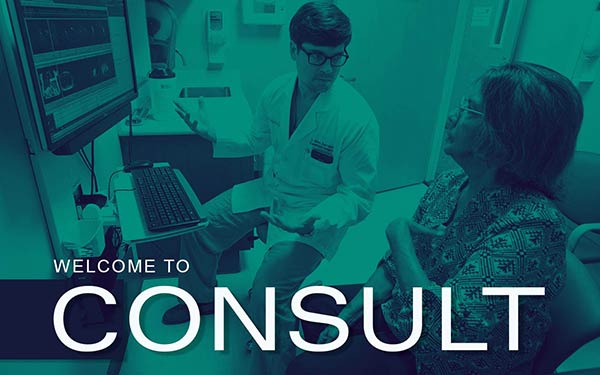
UMMC provides patient-centered treatment, clinical excellence, and an advanced level of care unavailable anywhere else in the state.

for Kids.
Children’s of Mississippi is here for every child
with the state’s only children’s hospital
plus clinics statewide.
Latest News

Video: A mother with heart failure delivers hope
Tuesday, December 16, 2025
For Renata McGrew, pregnancy came with life-threatening risks few expectant mothers face. Thanks to a tightly coordinated team at UMMC, she navigated a complex medical journey that ended with a healthy baby and a second chance at life. Read More

UMMC Honors Thigpen with Pierce Chair in Internal Medicine
Monday, December 8, 2025
Dr. Calvin Thigpen has been selected as the Dr. Paul W. Pierce III Chair in Internal Medicine, recognizing his commitment to training tomorrow’s physicians and the legacy of Dr. Bill Pierce. Read More
Latest Articles
Photos: Holiday Cheer at Children’s of Mississippi
Published on Monday, December 22, 2025

Betty Sue Dettre leaves legacy of service and compassion through gift to Children’s of Mississippi
Published on Monday, December 22, 2025

Sanderson Farms Championship host organization donates $1M to benefit Children’s of Mississippi
Published on Tuesday, December 16, 2025

Front and Center: Mirna Vargas
Published on Monday, December 15, 2025

Dobbs, Cancer Center attract national recognition
Published on Monday, December 15, 2025
![The ACT Center team poses for a photo, from left, [front row] Dr. Jonathan Hontzas, director; Sharon Terry, tobacco treatment specialist; Kelli Grant, manager of research operations; Brittany Tichenor, tobacco treatment specialist; Erica Cameron, lung cancer screening coordinator; Latoya Scott, scheduler; Stacy Wilson, medical office assistant; Leslie Musshafen, associate director of administration for the Cancer Center & Research Institute; [back row] Langston Moore, project manager for the Cancer Center & Research Institute; Kathy Banks, administrative assistant; and Jay Thompson, project manager.](/news/News_Articles/2025/12/images/ACT-Pinning-20251212-22a.jpg)
ACT Center holds pinning ceremony honoring tobacco treatment graduates
Published on Monday, December 15, 2025

2025 Medical Center Matters Readership Survey
Published on Monday, December 15, 2025

CCRI research seeking to unlock mysteries of pancreatic cancer with $1.8M NCI grant
Published on Monday, December 8, 2025
Find Us on Social Media
Get news and information you need about the Medical Center by connecting with us through our social media community. You’ll find events, news stories and campus activities shared daily. UMMC is active on Twitter, Facebook, Instagram, YouTube and LinkedIn.
You may also connect with the Children’s of Mississippi social media community on Twitter, Facebook, Instagram and YouTube.
Follow Dr. LouAnn Woodward on Twitter.
We look forward to hearing from you!
Sign Up for Consult

Connect with UMMC via new e-magazine
In CONSULT, readers will have the opportunity to learn more about the cutting-edge clinical advances, innovative educational programs and groundbreaking research occurring at UMMC. Plus, CONSULT will regularly showcase our experts' best advice for living a healthy and mindful life.






